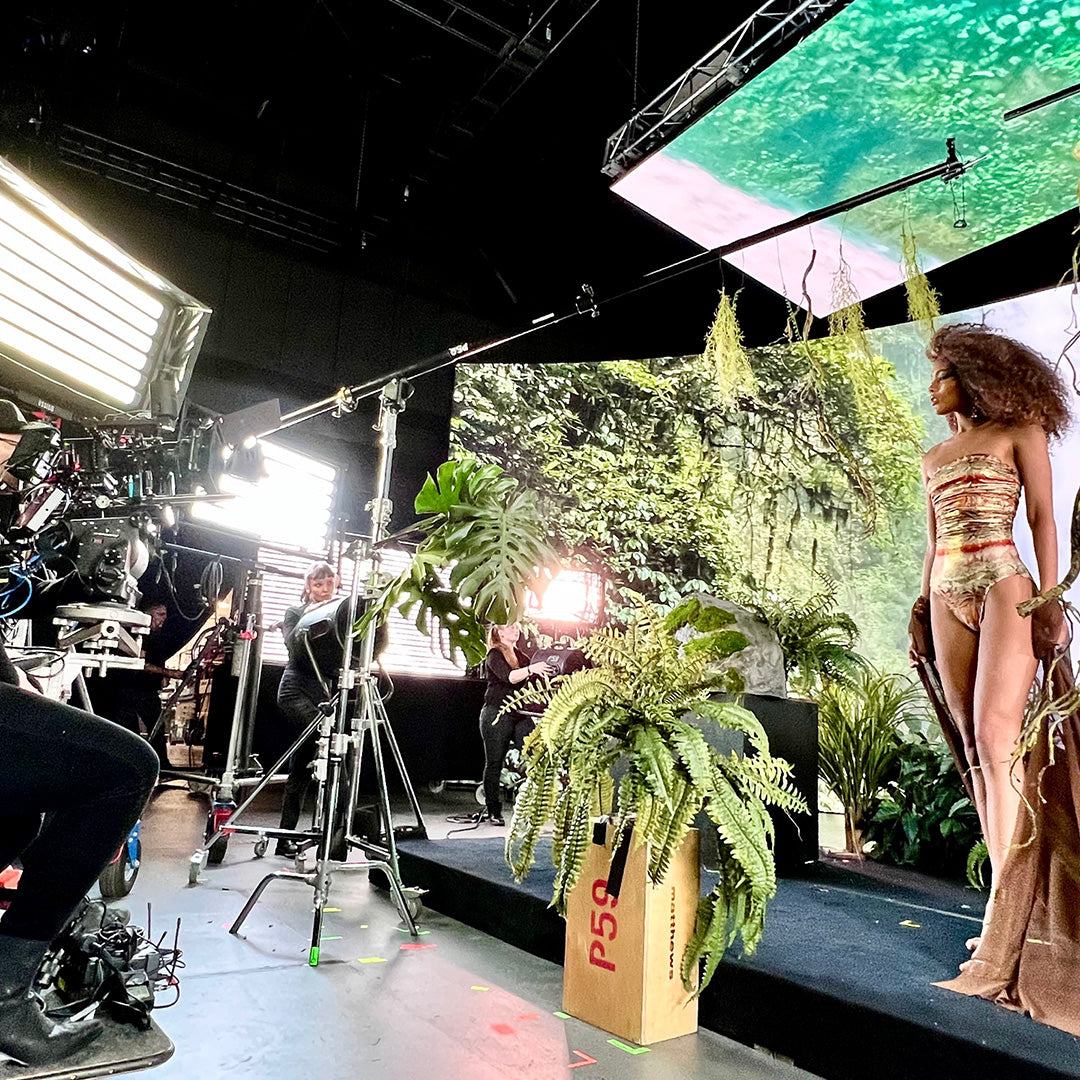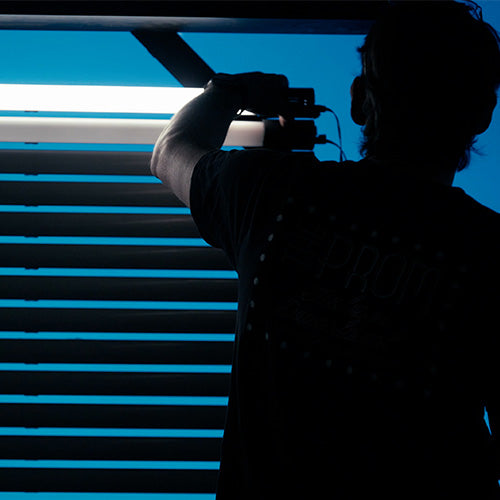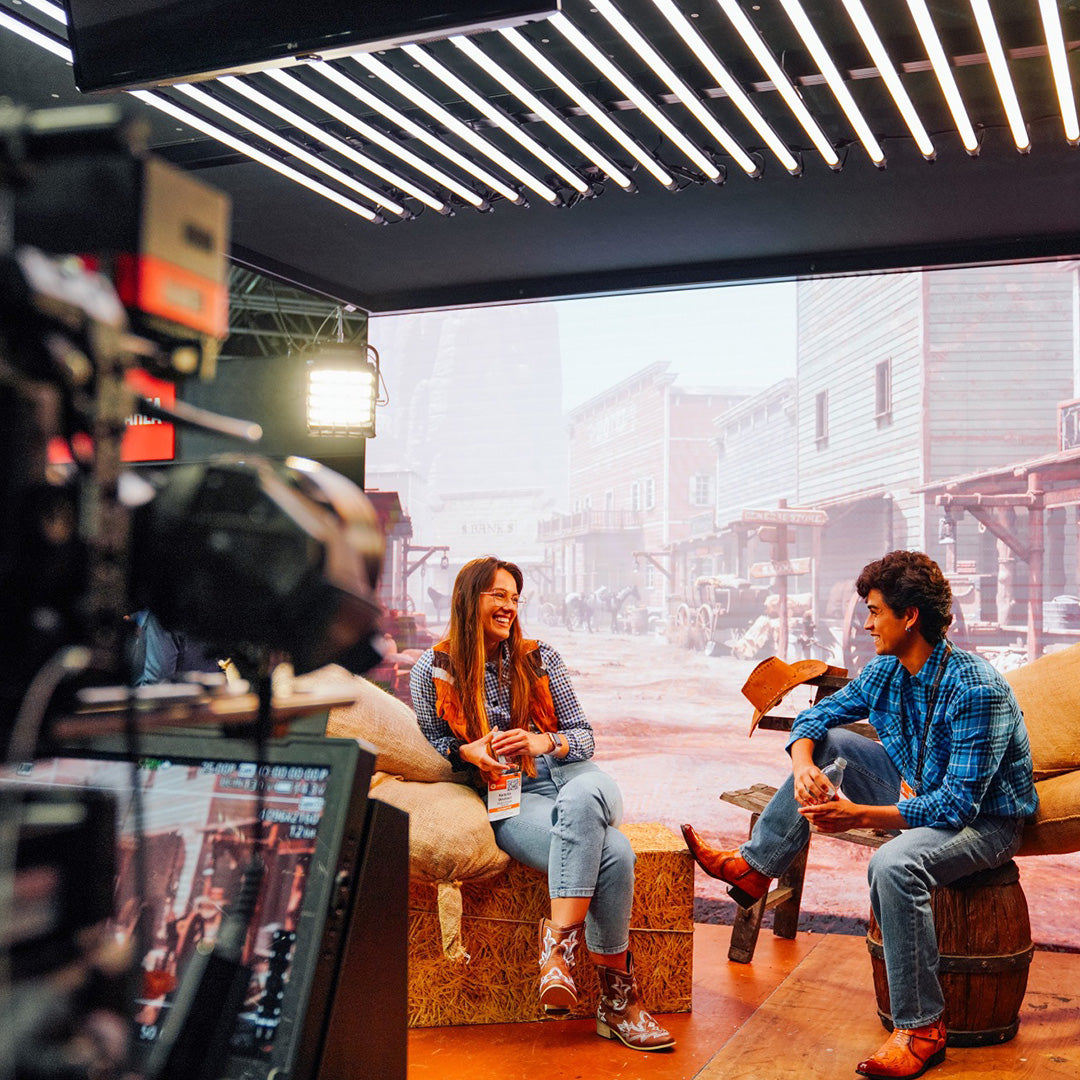The future of IBL and Virtual production
Is virtual production and image-based lighting (IBL) here to stay? In a word: Yes.
Motion picture production has never existed without Virtual Production. And since its nascency, Image-based Lighting (IBL) has been the goal of cinematic lighting.
Virtually Real
The Emerald City glimmering in the distance, beyond the poppy fields in “The Wizard of Oz”; Mt. Rushmore’s giant sculpted heads looming over Eva Marie Saint and Cary Grant in “North by Northwest”; the fleet of ships anchored in the Nile River as Elizabeth Taylor is carried along in her carriage in “Cleopatra.” All those backdrops, and more, were painted on canvas to create a virtual environment.
Today the canvas is a Volume Wall. We connect the walls to high-powered computers that feed moving images to them. Tracking systems integrate camera movement with the media on the Wall. Instead of swapping canvas backings, we load different media onto Volume Walls.
The concept is the same, the tools and technique are remarkably different.
Now virtual is real.


IBL from the Start
The quest for realistic lighting that is emotive and immersive and that compliments an actor’s physical traits in an environment has been the goal since the first lighting technician flipped on the switch.
The list of tools employed by technicians to add vibrancy to lighting is enormous. Scrims, flags, nets, cucoloris, colored gels, bounces, diffusion, dimmers, covered wagons, electronic flicker boxes… The list goes on.
Densely pixelated LED lighting such as Quasar Science Rainbow fixtures that can map transcoded media and emit full spectrum, color accurate, environmentally specific light is the newest and most advanced tool and technique to emerge yet.
Imagine what David Bowman’s flight through the galactic tunnel in “2001: A Space Odyssey” might look like if shot today? Would Stanley Kubrick, with cinematographers Unsworth and Alcott, have done something different? Might they have incorporated the streaming geometrically arranged rainbow of colors that lined the tunnel onto Bowman’s face shield in the close up?

With IBL, the toolbox is expanded dramatically. How creative technicians in the motion picture industry will use it, we are excited to see. One cannot separate advances in lighting technology and conceptualization from the emergence of IBL. It is the pinnacle of an industry’s century of effort.
So yes. Virtual Production and IBL are here to stay. They have never been anywhere else.







